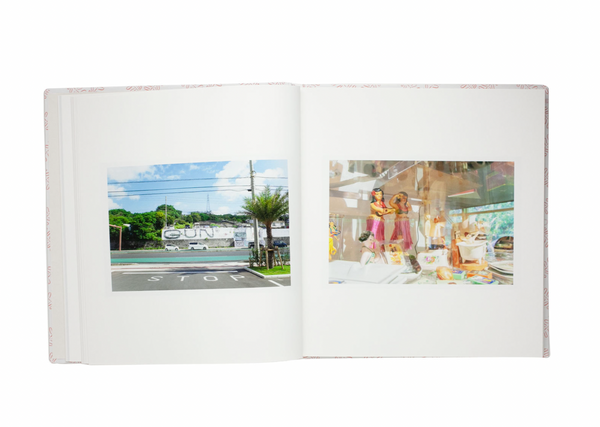






Sayaka Uehara
Sleeping Trees
akaaka-sha, Japan — 2022
In “Sleeping Trees”, her debut photobook, Sayaka Uehara captures objects, details and locations in Okinawa as if they possessed a voice, as if she responded to their silent calls. She walks us through dense but bright forests, shows us city streets, suburban areas, back alleys, flower pots, doors and windows hidden behind shrubbery, restaurant interiors and attentive pets. With each photograph, Uehara seems to see something behind the image, captures invisible traces and past memories that emerge from between gaps and objects. Pensive but hopeful, Uehara’s book journeys through contemporary Okinawa while staying receptive to its complex, complicated history.
“It would not be far from the point to say that in ‘Sleeping Trees’ the photos are akin to drawing tools used to touch up and improve upon the succession of the stories of the previous generation. The murmuring and twinkling in the foundation of several elements such as "memory," "history," and "experience" are translated into poetry of the lens, as if the white lead tree that took root in this land and flourished overabundantly over a long period of time has transformed into a sleeping tree at the end of its overgrowth.”
― from Isao Nakazato’s essay “Street Poetics: The Ideology of a National Loneliness though New Color Photography"
Please note that Sayaka Uehara’s afterword and Isao Nakazato’s essay are only included in Japanese language.